Short Answer — A 1950 $10 bill may be worth as little as its face value ($10) or as high as several hundred dollars depending on its condition, serial number, and unique or rare printing features. For more information about how to find the value of a 1950 $10 bill, see below.
How Much Is a 1950 $10 Bill Worth?
Most 1950 $10 bills are not high in value. Age alone doesn’t make bills worth more money on the collectible currency market. The bill may be worth as little as its face value of $10.[1]
The bill may not even be quite as old as you think; unlike coins, which are identified by the year they’re minted, bills are identified by the year that the design was adopted.
A letter (series 1950A, 1950B, etc.) is added for every minor change to that same design.[2]
However, collectors are willing to pay considerable sums for bills with unique traits like unusual misprints or unique serial numbers.
A bill’s value depends on several factors: its condition, serial number, whether it includes a star note, and whether it includes any notable misprints.[3]
We detail these factors below to help you determine the worth of your 1950 $10 bill.
Condition
The better the condition of a bill, the more money it’ll be worth.
Grading systems may vary somewhat depending on the appraiser, but usually consider whether the bill has any wear, folds marks, tears, water damage, or damaged corners.
“Crisp uncirculated” currency is of the highest value, featuring no fold marks or wears, a crisp and deeply colored surface, and sharp corners. [4]
An uncirculated 1950 $10 bill with no other significant features will usually sell for around $35.[5] Bills in lesser condition will fetch smaller prices.
Serial Numbers and Star Notes
The serial number is a collection of numbers and letters appearing on the bill to denote each bill’s unique identity and the series year.
Some bills also include a “star note,” a suffix added to the serial number when a bill is replaced due to damage during production.[2]
The most valuable star notes are those older than the year 1935, so having a 1950 $10 bill with a star note is not enough to make it worth more than face value.[6]
Other irregularities in the serial number can make a 1950 $10 bill more valuable, however. The most popular serial oddities include:[7][8]
- Solid serial numbers: Made up of only one number, e.g., 33333333
- Low serial numbers: Made up of two or less digits, e.g., 00000003
- Trailing zeros: A number followed by zeros, e.g., 30000000
- Ladders: A sequence of numbers, e.g., 12345678
- Radar serial numbers: Read the same forward or backward, e.g., 34444443
- Flippers: Read the same upside down, e.g., 86688998
- Repeaters: Made up of a number that repeats, e.g., 31403140
- Binary: Made up of only “0” and “1,” e.g., 10010011
- Standalones: Made up of a number surrounded by zeros, e.g., 00030000
It’s difficult to name an exact value for each of these “fancy” serial number types since your valuation will depend on the other factors discussed here.
Still, if you have a bill in good to excellent condition, these features can increase its value even further. Many bills of these types in good condition sell for $50 to $100 or more.[9]
Valuable Misprints
Misprinting refers to any errors that occurred during the printing process.
It’s important to note that no misprint is unique. Often, when one mistake is made, many more notes are printed the same way before the problem is detected. The value is often based on the rarity of the misprint.
Some examples of misprints include seals and serial numbers appearing in the wrong spot, missing elements, mismatched serial numbers, inverted signatures, and ink smears — each having its own unique value.[10]
You might have noticed something missing on a 1950 $10 bill when compared to current bills: it doesn’t include the motto “In God We Trust.” This isn’t a misprint — the words weren’t added to the $10 bill’s design until 1964.[11]
Upside down flags printed on the bill’s back are also not considered a misprint and add no value to the bill.[12]
Where to Buy/Sell
Since the value of a 1950 $10 bill varies so widely, your best bet when buying or selling is to consult an expert on currency collection, such as Manifest Auctions or American Rarities.
The eBay Coins & Paper Money marketplace can also be a good place to buy and sell, connecting collectors and sellers worldwide.
 William Lipovsky
William Lipovsky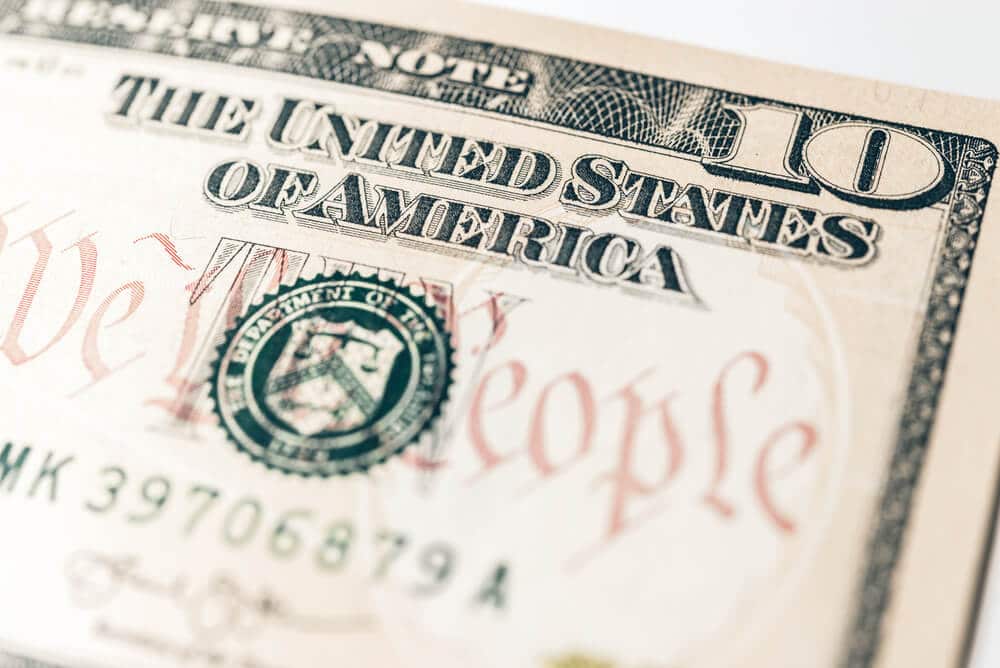

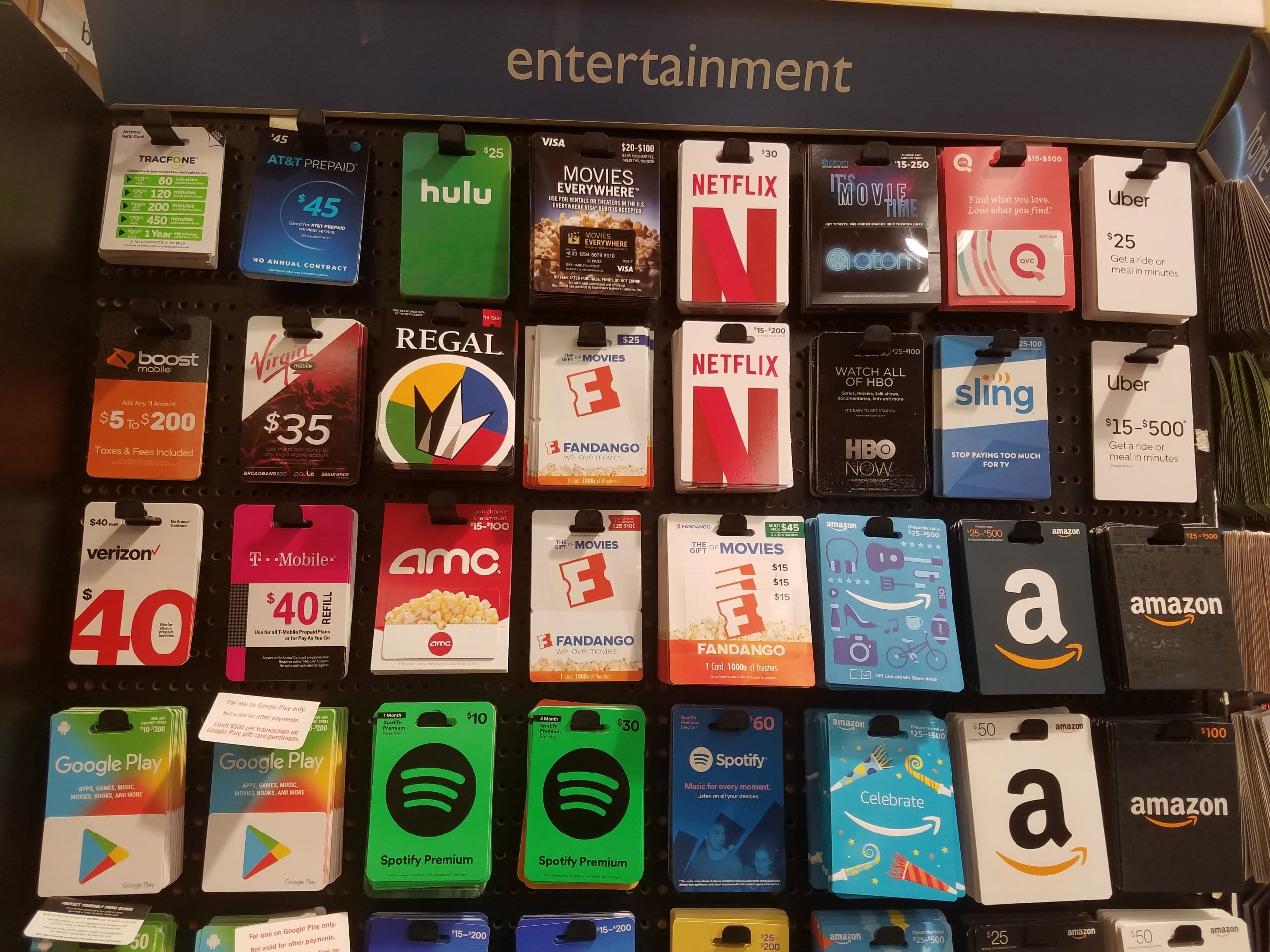


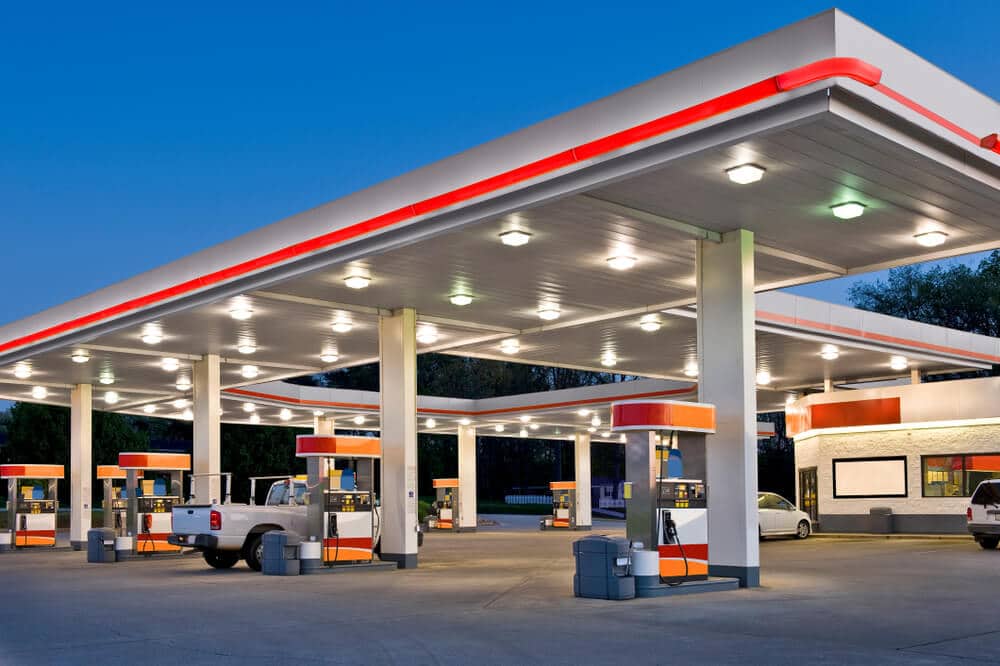
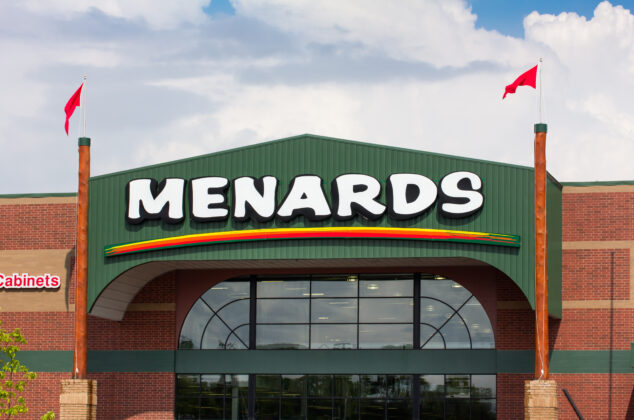
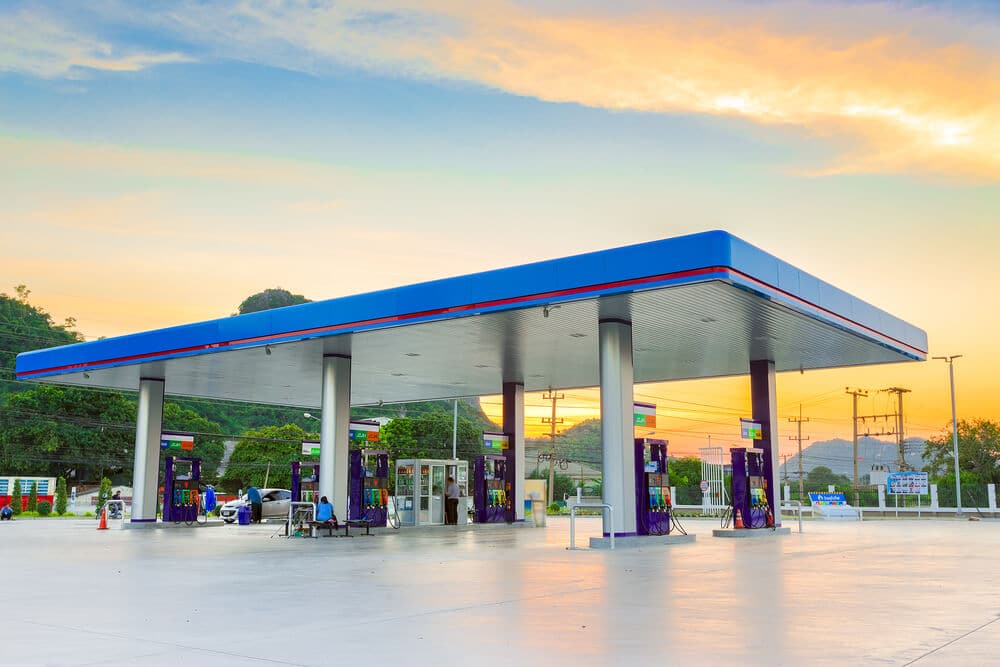
1950 b series ten dollar bill
B43792377H
Hi Kylee,
It doesn’t look like your serial number contains any unique characteristics that would increase the bill’s value. Unless the bill is in mint condition, unfortunately, it’s likely only worth face value. Sorry I couldn’t bring you better news!
Dear Editor In Chief Hillary M. Miller,
I am hesitant to ask but here goes any way. 1950 A series $10 “H01122114•”
The dot would represent a star, so I understand the significance with that, but I am guessing the 4 is keeping me firmly away from something special??? Thank you for taking the time in assisting me and everyone one else. Very telling of your character.
Thank You
Hi Benjamin,
It’s true that the “4” does technically disqualify the bill from the most common categories of highly valuable serial numbers. However, in the case of collectible bills, what really matters is how much a collector will pay for it — so even though the serial number isn’t quite a perfect radar, it may still be worth more than $10 to someone. If the bill is in particularly good condition, it may be worth trying to sell the bill above face value since it is so close to being a fancy serial number. You can take the bill to a local currency dealer, send a picture or scan to an appraiser. Best of luck with your bill!
Hi. I have a 1950A $10 bill that’s in mint condition. The serial # is C21040878B. The paper is longer on the left side. Also, there’s a little black line directly in the middle on the bottom of the bill. But only on the front of the bill. Thanks for looking into this..
Hi Tiffany,
It doesn’t look like your serial number features any notable or rare characteristics that would increase the bill’s value. The asymmetrical printing and the black line (possibly a black ink overinking) may increase the value of the bill, particularly since the bill is in mint condition. It’s tough to say exactly how much the value will be affected, as it will depend heavily on the severity of the misprint/overinking. A very minor defect may increase the bill’s worth a little or not at all; a severe flaw can increase the bill’s worth many times over. To be sure about how much your particular bill is worth, I would advise taking it in to a local currency dealer or sending a clear picture or scanned image to an appraiser. Best of luck!
My 1950 ten is off set to left and is longer then normal
Hi Chuck,
The asymmetrical printing could add to the bill’s value, depending on how dramatic it is. A very noticeable misalignment can increase the worth of the bill up to ten times the face value, so it may be worth up to $100. On the other hand, a very minor misalignment likely won’t increase the value at all. If the bill is noticeably misprinted, it may be worth getting appraised by a local currency dealer or sending a clear picture or scanned image to an appraiser. Best of luck!
I have a 1950 D series SN: G53316138G
Hi Cody,
It looks like your serial number doesn’t contain any unique identifiers that would increase the value. Unless the bill is in mint condition, unfortunately, it’s likely only worth face value. Sorry I couldn’t bring you better news!
$10
Series 1950 c
C27575669C
Light wear straight corners
Hi Breyon,
Unfortunately, it looks like your serial number doesn’t contain any unique identifiers that would increase the bill’s value. Since the bill shows some signs of wear, it’s likely only worth face value. Sorry I couldn’t bring you better news!
1950 Series E #G61969408H. Normal wear. I was told it was counterfeit but came across this site on Google and thought to check first. Is there a chance this bill may have value more than $10?
Hi Gina,
It looks like your serial number doesn’t contain any rare characteristics that would increase the bill’s value. If the bill is in fact counterfeit, it isn’t worth anything; since it’s not in mint condition, it would likely only be worth face value if it is legitimate. A local currency appraiser should be able to verify the bill’s authenticity. Sorry I couldn’t bring you better news!
Hey traveling man here… I’m have a ten dollar bill serial numbers L00992288 with a star at the end of the number… thanks
Hi Mason,
It looks like you’ve got a quad double! Doubles occur any time digits appear in pairs in a serial number, and the most valuable form of this rarity is when there are four sets of doubles — which is exactly what you have. The star at the end could also add a little extra value, since it’s already a fancy serial number. The bill is almost certainly worth more than face value to a collector, but exactly how much will depend on the condition of the bill. It’s worth taking your bill to a local currency appraiser, or sending a clear picture or scanned image to an appraiser. Congratulations on your exciting find!
Hello, I have a 1950 B Ten dollar bill serial number G26876708F. It has been used but still in good condition. Is it worth any more than just it’s face value?
Hi James,
Unfortunately, it doesn’t look like your serial number includes any unique identifiers that would increase the value. Since it’s not in mint condition, it’s likely only worth face value. Sorry I couldn’t bring you better news!
Thank you.
Hi I have a 1950 series D68719996A with a 4 in the right hand corner a tiny j46 what is the value?
Hi Ray,
Unfortunately, it looks like your serial number doesn’t contain any unique identifiers that would increase the value. The 4 in the right hand corner identifies the place where the bill was printed — in this case, Cleveland, Ohio. The J46 is likely a face plate number, which denotes the plate on which the bill was printed. These factors do not affect the worth of the bill. If the bill is in mint condition, it may be worth up to $20. If it shows any signs of wear, it’s likely only worth face value. I hope this helps!
Thank you
I have a 1950 series C ten dollar bill. G28753026G. Not sure if its worth anything.
Hi Penny,
Unfortunately, it looks like your serial number doesn’t include any unique identifiers that would increase the bill’s value. If the bill is in mint condition, it may be worth up to $20; if it shows any signs of wear, it’s likely only worth face value.
My bill is miss aligned on the front left side as well as a slight miss alignment on left side of back. Series 1950 c L59851650C
Hi Robert,
As far as the serial number, it looks like the number on your bill doesn’t contain any unique identifiers that would increase the value. The misalignment, however, could definitely mean that the bill is worth more than face value, depending on how severe it is. A bill with a very noticeable misalignment could be worth up to $100, or even more in some cases. A very minor misalignment may not increase the worth at all. To be certain how much your bill is worth, I recommend bringing it to a local currency appraiser, or emailing a clear picture of your bill to an appraiser. Best of luck!
1950 $10 bill Series 1950c serial # B99978833H.
Hi Dan,
At first glance, your serial number definitely looks like it might contain a repeater or qualify as a low serial number — but unfortunately, upon closer inspection, it looks like the number doesn’t include any valuable characteristics. Unless the bill is in mint condition, it’s probably only worth face value. Sorry I couldn’t bring you better news!
Hi – I have a D 45963315 c – 1950 D series – worth anything?
Hi Terri,
Unfortunately, it looks like your serial number doesn’t contain any unique identifiers that would increase the value. Unless the bill is in mint condition, it’s likely only worth face value. Sorry I couldn’t bring you better news!
$10 bill with A77539456C 1950
Hi Crissy,
Your bill doesn’t have unique number combinations that would add value, although always keep in mind that a $10 1950 bill in mint condition is often sought by collectors who are willing to pay about twice its face value. Good luck!
I have a 1950 $10 bill. Series A.
Serial number C14132807B
Anything special?
Hi Liz,
Unfortunately, it looks like your serial number doesn’t contain any characteristics that would increase the value. If the bill is in mint condition, it may be worth up to $20. If it shows any wear, it’s likely only worth face value.
I have a 1950 series A $10 bill. Serial code H90452539A. The two Federal Reserve district numbers on the right side are misaligned. They’re pushed too far in to the left and placed further down than the two matching numbers on the left side of the bill. Also, the seal inside “TEN” is aligned down and to the left instead of in the middle of the word.
Hi Maghen,
It sounds like you have an interesting bill! The serial number itself doesn’t appear to contain any unique identifiers, but the printing errors could definitely increase the value. It’s hard to say exactly how these misprints affect the value of the bill without seeing it; for a concrete answer, I would recommend that you either take the bill directly to a local currency appraiser, or email a clear picture or scanned image to an appraiser. Best of luck!
The 1950 10 dollar bill series D is G 67822158 G no *
I have a 1950 10 dollar bill series D in ment condition no tears or anything with serial numbers G 67822158* is it worth anything
Hi Justin,
It looks like your serial number doesn’t include any unique or valuable characteristics. Without a unique serial number, a D series bill in mint condition can still be worth up to $20.
10.00 1950 ok condition D06123307* worth anything?
Hi Chris,
Unfortunately, it doesn’t look as though your serial number includes any valuable characteristics. Since it’s in less than mint condition, the bill is only worth face value.
I have a $10 Bill. Serial Number ‘E 62484345 C’
The bottom small print says ‘Series 1950 D’
There is a large uppercase ‘E’ inside of what I would call a ‘Federal Reserve Stamp’ or insignia in the middle-left of the bill.
The bill also has an uppercase ‘K’ in the upper-left quadrant of the background on the bill front…and an uppercase ‘K 461’ in the lower-right quadrant of the background on the bill front.
Any ideas if it’s worth more than face value? It’s not mint condition, but in pretty decent shape.
Hi J.D.,
First things first: it doesn’t look like your serial number contains any unique identifiers. Series 1950 A-D are more common than Series 1950 E, so no value added there. The “E” inside the insignia identifies the place where the bill was printed — in this case, Richmond, Virginia. The “K” in the upper left quadrant is the note position identifier, which indicates where the bill was located on the physical printing sheet. The “K 461” indicates the face plate number used to print the bill. Unfortunately, with no significant misprints and not in mint condition, the bill is likely only worth face value. Sorry I couldn’t bring you better news!